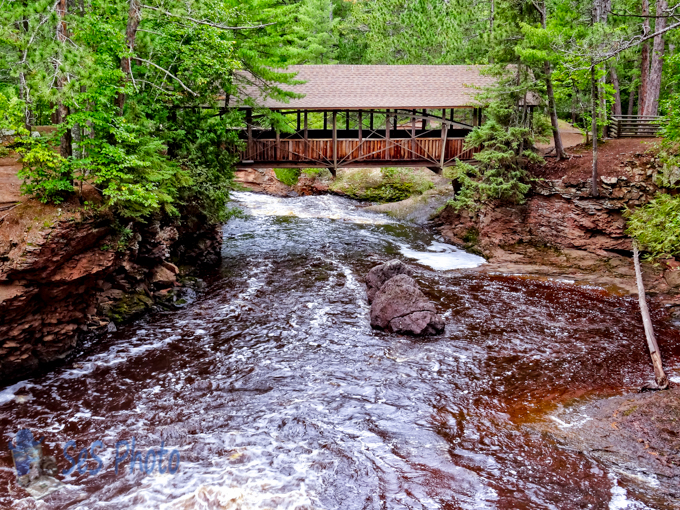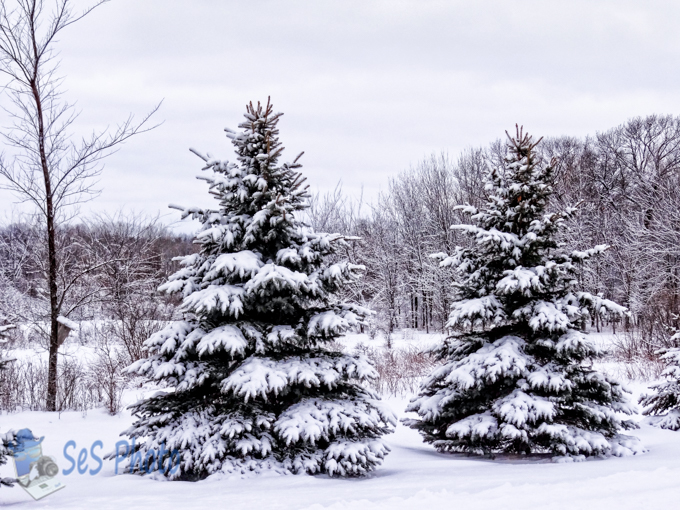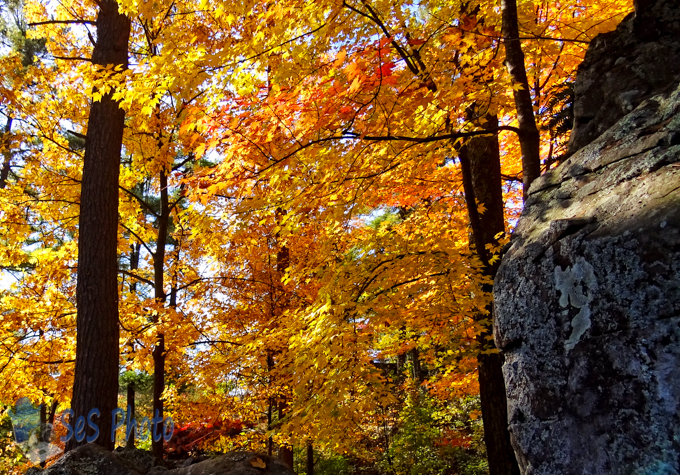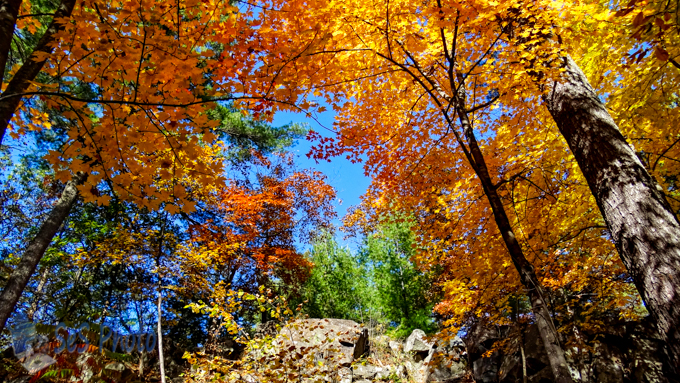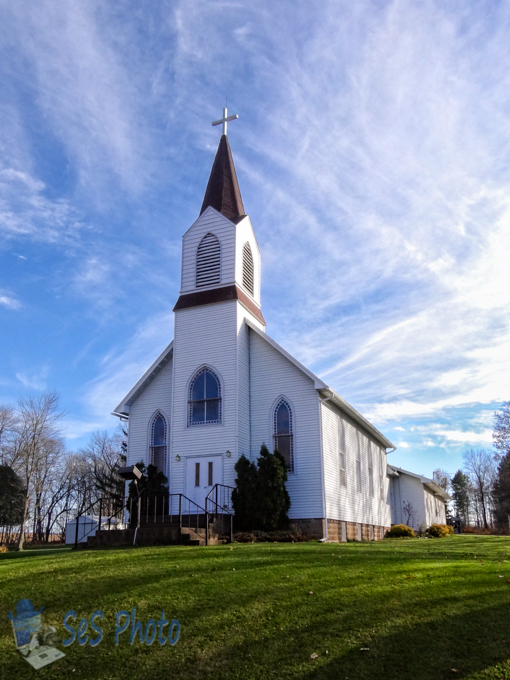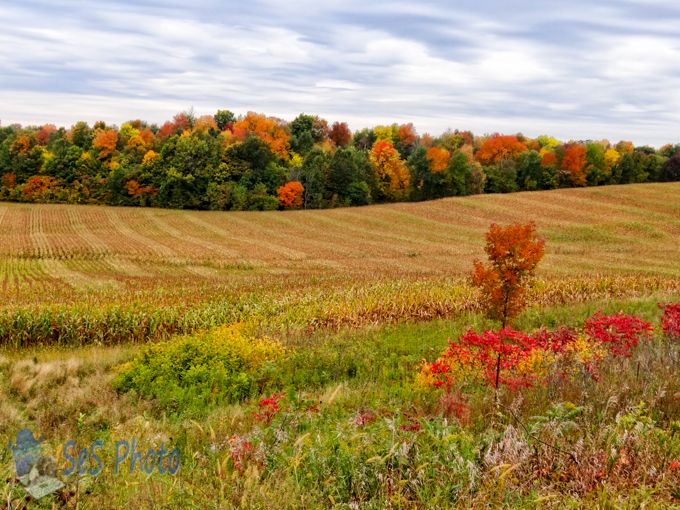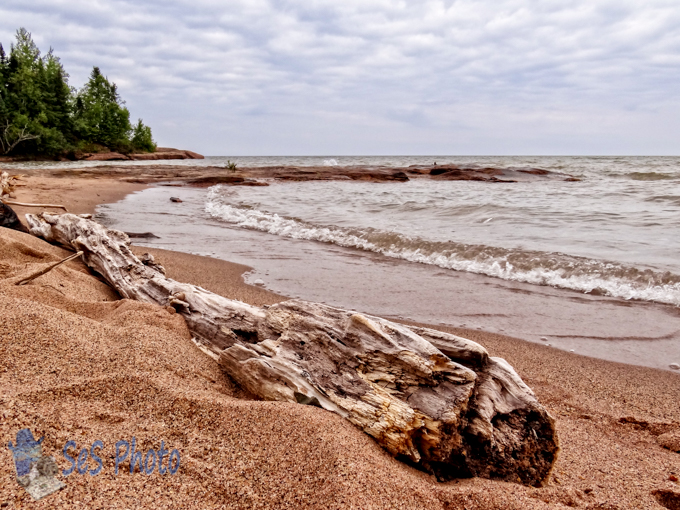The Amnicon River splits before the Upper Falls in Wisconsin’s Amnicon State Park, creating an rocky island about 500 feet wide and long, and the 55 foot Horton Bridge spans the river to provide access across the river. The bowstring bridge is historically significant due both to its age and unusual construction.
In 1897 and 1898, Charles M. Horton, while working in Duluth and Superior, obtained a number of patents for bridges that he claimed made them stronger, lighter and more durable. In addition, he said his design would allow workers to quickly assemble the structure without expensive machinery, tools and labor. His method called for using arched beams secured with hooks and clips rather than rivets and bolts.
The bridge was originally used as highway bridge and moved to the park in 1930 and a roof was added in 1939.
Horton Covered Bridge
